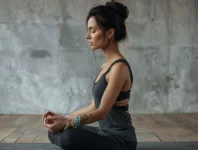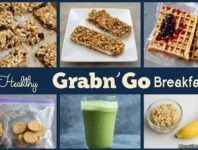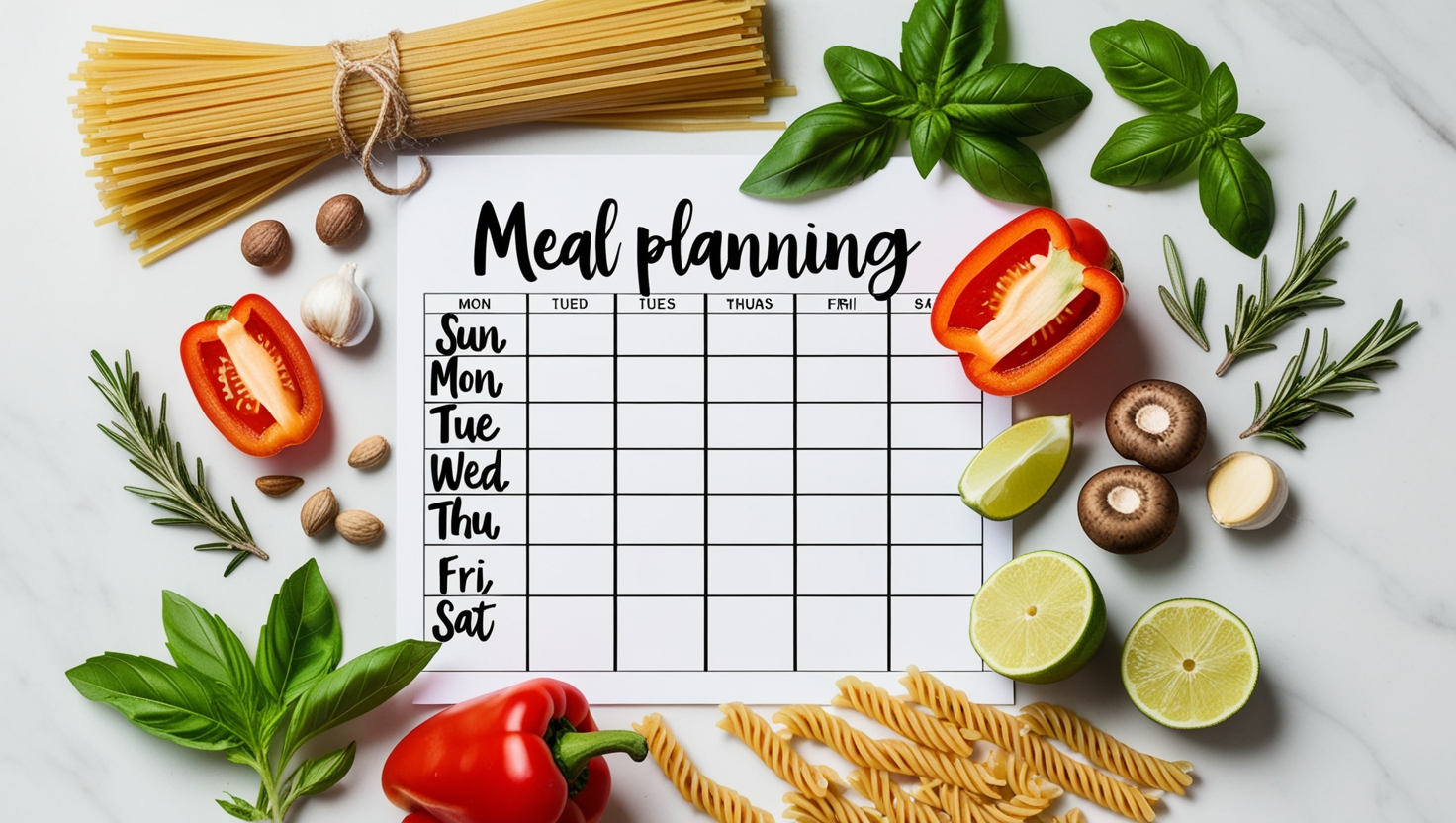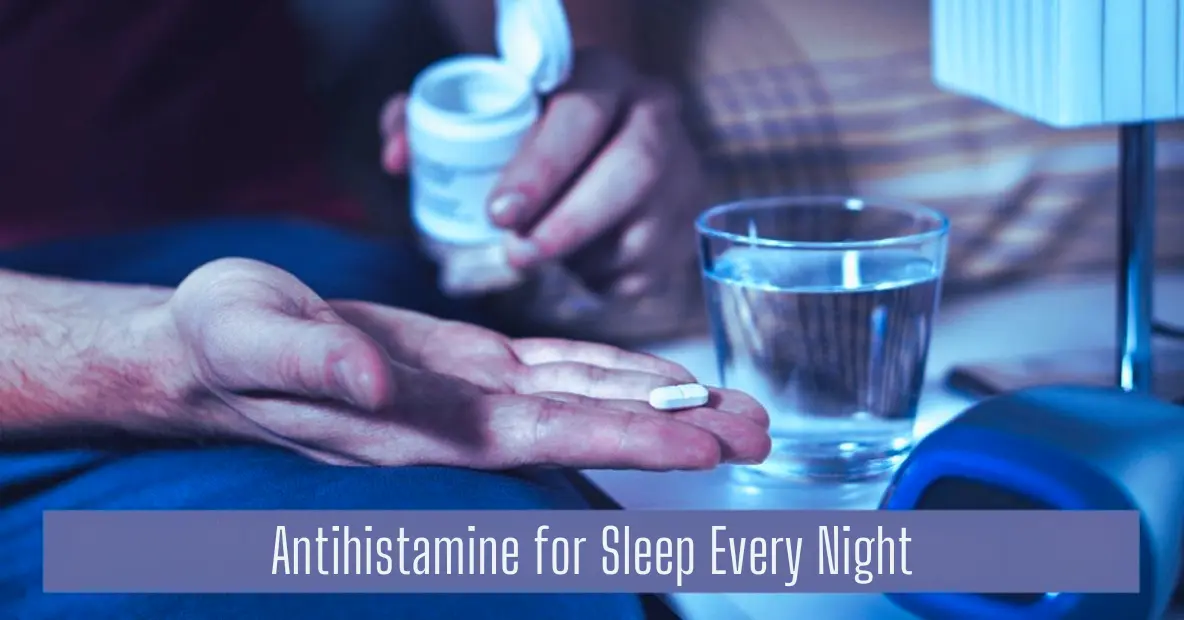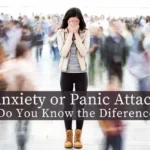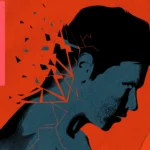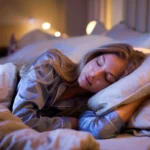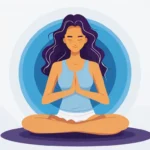Anxiety attacks can feel like a storm in your mind and body—heart racing, palms sweating, thoughts spiraling out of control. With 40 million U.S. adults affected by anxiety disorders annually, and 60% hesitant to use medication due to side effects or personal preference, non-pharmaceutical solutions are more vital than ever. This guide unpacks science-backed, actionable techniques to regain control and cultivate calm, naturally.
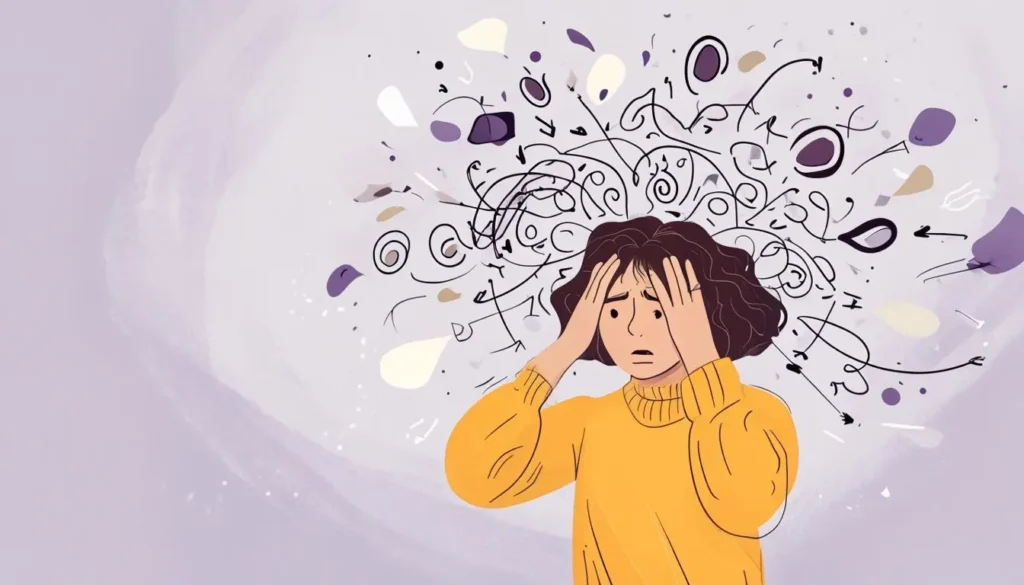
Why Manage Anxiety Without Medication? 🧘
The Power of Natural Strategies
- No side effects: Avoid drowsiness, dependency, or withdrawal linked to some medications.
- Empowerment: Build self-awareness and coping skills for long-term resilience.
- Accessibility: Use tools anywhere, anytime—no prescriptions required.
When to Consider This Approach
- Mild to moderate anxiety symptoms.
- As a supplement to therapy (e.g., CBT).
- For those prioritizing holistic wellness.
Preparing to Manage Anxiety: Know Your Triggers 🕵️
Identify Physical & Emotional Signs
- Physical: Rapid heartbeat, dizziness, muscle tension.
- Emotional: Overwhelm, dread, irritability.
- Behavioral: Avoidance, restlessness, difficulty concentrating.
Create Your Anxiety Toolkit
- A quiet playlist for grounding.
- A journal to track triggers and progress.
- A trusted support contact (friend, therapist).
Step-by-Step Strategies to Manage Anxiety Attacks 🌟
1️⃣ Ground Yourself with the 5-4-3-2-1 Technique
Engage your senses to interrupt panic:
- 5 things you see.
- 4 things you can touch.
- 3 things you hear.
- 2 things you smell.
- 1 thing you taste.
“This method shifts focus from fear to the present moment,” says Dr. Sarah Mitchell, clinical psychologist.
2️⃣ Master Diaphragmatic Breathing
- Inhale for 4 seconds through your nose (let your belly rise).
- Hold for 4 seconds.
- Exhale for 6 seconds through pursed lips.
- Repeat for 5 cycles.
Science says: Slow breathing activates the parasympathetic nervous system, lowering heart rate.
3️⃣ Challenge Anxious Thoughts with CBT Techniques
- Ask: “Is this worry based on facts or ‘what-ifs’?”
- Reframe: Replace “I can’t handle this” with “I’ve managed this before.”
- Limit “catastrophizing”: Rate the likelihood of your fear on a scale of 1–10.
4️⃣ Move Your Body to Release Tension
- Yoga: Child’s pose or legs-up-the-wall pose reduces cortisol.
- Brisk walks: 20 minutes outdoors lowers anxiety by 30% (Stanford study).
- Shake it out: Literally shake your limbs for 2 minutes to discharge stress energy.
5️⃣ Harress Nature’s Calming Remedies
- Chamomile tea: Apigenin (a flavonoid) binds to GABA receptors, easing tension.
- Lavender oil: Inhale diluted oil or apply to wrists; proven to reduce anxiety by 45% in clinical trials.
- Magnesium-rich foods: Spinach, almonds, and dark chocolate regulate stress hormones.
6️⃣ Build a Preventative Lifestyle
- Sleep hygiene: Aim for 7–9 hours; use blue-light blockers post-sunset.
- Limit stimulants: Swap coffee for matcha (L-theanine promotes calm focus).
- Micro-moments of joy: Dance to one song, pet an animal, or savor a square of dark chocolate daily.
Overcoming Common Challenges 🚧
“What If the Anxiety Is Too Intense?”
- Try TIPP: A DBT skill for crisis moments:
- Temperature (splash cold water on your face).
- Intense exercise (5 minutes of jumping jacks).
- Paced breathing.
- Paired muscle relaxation (clench and release muscles).
“I Tried These—They Didn’t Work Immediately!”
- Solution: Practice techniques during calm moments to build “muscle memory.”
- Combine methods (e.g., breathing + lavender oil + a walk).
Maintaining Progress: Track and Adapt 📈
Track Triggers and Wins
- Use apps like Daylio or a bullet journal to spot patterns.
- Celebrate small victories (e.g., “Used 5-4-3-2-1 during a meeting”).
Build a Supportive Routine
- Morning: 5 minutes of stretching + gratitude journaling.
- Evening: Screen-free wind-down with herbal tea.
Final Thoughts: You Hold the Tools 🌱
Managing anxiety without medication isn’t about perfection—it’s about progress. By consistently using these strategies, you’ll rewire your brain’s response to stress and reclaim your calm.
Your next step: Pick one technique from this guide and practice it daily for a week. Small actions create big shifts.
